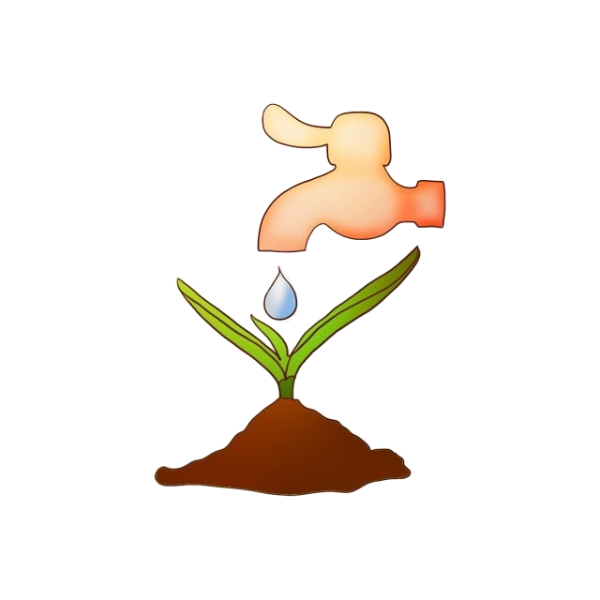Author: Michał Słota
Shared by: Galina Bulavko
KEY FACTS:
– Magnesium (Mg) is an element abundant in the earth’s crust, held on the surface of clay and organic matter particles,
– Mg ion has the smallest ionic radius but the largest hydrated radius among biological cations,
– involved in many physiologic pathways, including energy production, nucleic acid & protein synthesis, ion transport, and cell signaling.
FUNCTION:
-> essential mineral and a cofactor for hundreds of enzymes (H+-ATPase, kinases & polymerases),
-> essential for conformational stabilization of nucleic acids & proteins, as well as cell membranes & cell walls,
-> key role in photosynthesis: cofactor for photosynthetic enzyme activities (Rubisco) and a structure constituent for chlorophyll,
-> supports nitrogen uptake by regulating NRT2 transporter & improving nitrogen use efficiency (NUE),
-> important role in reactive oxygen species (ROS) homeostasis – role in abiotic stress resistance,
-> involvement in phytohormones biosynthesis & signaling – shaping beneficial plant-microbe interactions,
-> regulation of cell turgor (together with K) and apoplastic phloem loading of sucrose.
AVAILABILITY:
– Optimal plant growth requires 1.5–3.5 g/ kg dry matter of Mg,
– Mg concentrations in soil solutions range between 125 μmol/L and 8.5 mmol/ L,
– limited availability in acidic soils with low cation exchange capacity,
– aluminum toxicity, heat stress, drought & high levels of competing elements (K, Ca, Na) reduce the Mg uptake.
